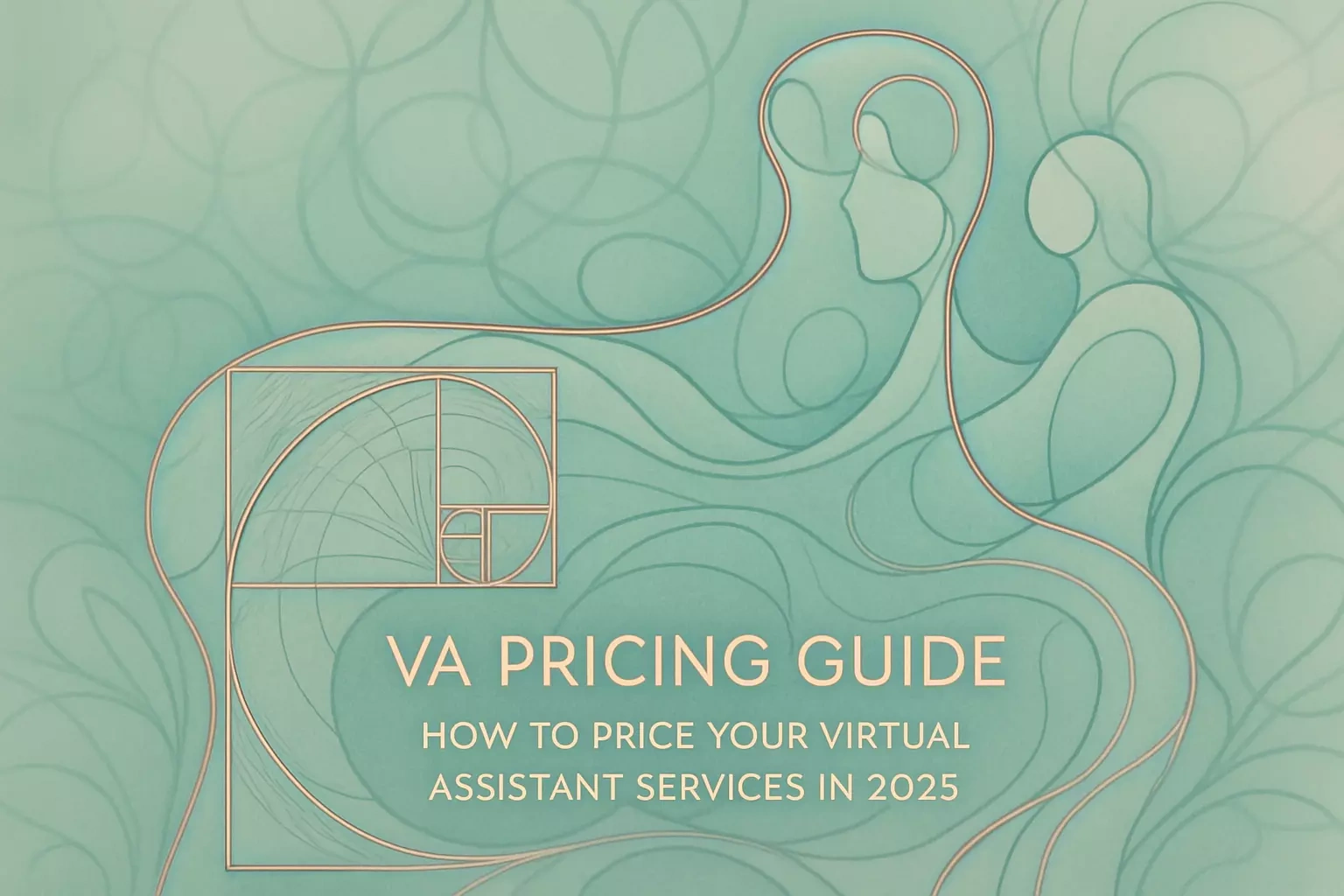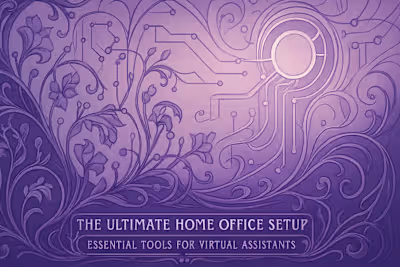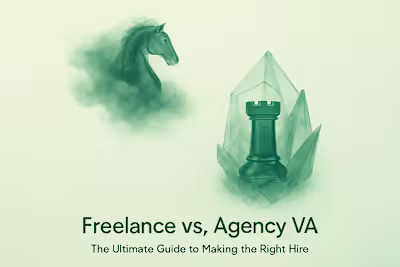VA Pricing Guide: How to Price Your Virtual Assistant Services in 2025

VA Pricing Guide: How to Price Your Virtual Assistant Services in 2025
Understanding Different VA Pricing Models
The Hourly Rate Model
Project-Based Pricing
Monthly Retainer Packages
How to Calculate Your Ideal Hourly Rate
Factor in Your Business and Living Expenses
Account for Your Skills and Experience Level
Research Current Market Rates
Creating Attractive Service Packages
Define Your Core Offerings
Structure Your Packages in Tiers
Price Packages Based on Value, Not Hours
How to Confidently Communicate Your Rates
Focus on Value During Sales Conversations
Be Prepared to Justify Your Price
Handling Pushback and Negotiation
When and How to Raise Your Rates
Signs It's Time for a Rate Increase
Communicating the Change to Clients
Conclusion
References
VA Pricing Guide: How to Price Your Virtual Assistant Services in 2025
Understanding Different VA Pricing Models
The Hourly Rate Model
Project-Based Pricing
Monthly Retainer Packages
How to Calculate Your Ideal Hourly Rate
Factor in Your Business and Living Expenses
Account for Your Skills and Experience Level
Research Current Market Rates
Creating Attractive Service Packages
Define Your Core Offerings
Structure Your Packages in Tiers
Price Packages Based on Value, Not Hours
How to Confidently Communicate Your Rates
Focus on Value During Sales Conversations
Be Prepared to Justify Your Price
Handling Pushback and Negotiation
When and How to Raise Your Rates
Signs It's Time for a Rate Increase
Communicating the Change to Clients
Conclusion
References
Posted Jun 30, 2025
Are you undercharging for your VA services? Our comprehensive guide covers everything from setting hourly rates to creating package deals that clients love.











